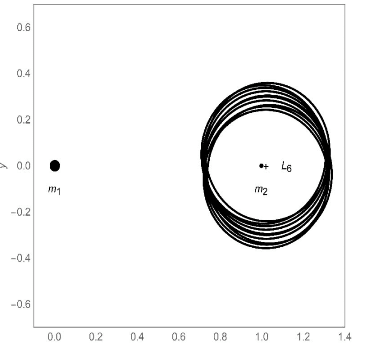Binary star systems increase the likelihood of Dyson spheres existing.
Long before the first flights into space, human thought raced through the universe and "saw" intelligent civilizations at a much higher level of development. Logic suggests that they would require vast amounts of energy and space. Thus, science fiction writers led astrophysicists to attempt to design enormous astroengineering structures: after reading Olaf Stapledon's book "Star Maker," British physicist Freeman Dyson developed the concept of the "Dyson Sphere."
The main idea is to stop the wastefulness occurring on a planet inhabited even by the most advanced beings: a large portion of the energy from the parent star disperses "into nowhere," while only a tiny fraction is captured and utilized. Therefore, in 1960, Freeman Dyson concluded that it would be most logical for a civilization to surround its sun with a massive sphere that would absorb all or nearly all of its rays.
Incidentally, around the same time, Soviet astrophysicist Nikolai Kardashev created a scale for the development of civilizations, on which humanity had not yet reached the first, most basic level — this level implies the complete utilization of all energy sources on the planet. Constructing a Dyson Sphere would bring us closer to the second level — the maximum utilization of a star's energy. A few years later, Larry Niven's "Ringworld" series added to this picture the prospect of creating a structure around a star where one could live.
Before long, all of this had to be considered mere fantasies, far from reality. It turned out that the main problem is that for a megastructure to exist stably, it must maintain perfect symmetry around the star, and even the slightest disturbance could displace it, creating uneven gravitational forces that would lead to its collapse.
However, recently, researcher Colin MacKinnes from the University of Glasgow (UK) proposed that, under certain conditions, the laws of physics indeed allow for the gravitational stability of such megastructures. He shared his calculations in an article available on the preprint server arXiv.

His calculations indicate that a Dyson Sphere and a ringworld could remain stable if such a structure is built in a binary star system where the stars do not differ significantly in mass. In this scenario, the sphere or ring must surround the star of lesser mass. The astrophysicist identified several different configurations in which "equilibrium" is achieved for such a structure.
MacKinnes even considered the option of placing megastructures not around one of the stars, but in one of the equilibrium regions they create — the so-called Lagrange points. Finally, he discovered that using the same scheme, a similar artificial structure could be stable in a "star-planet" or even "planet-moon" system.